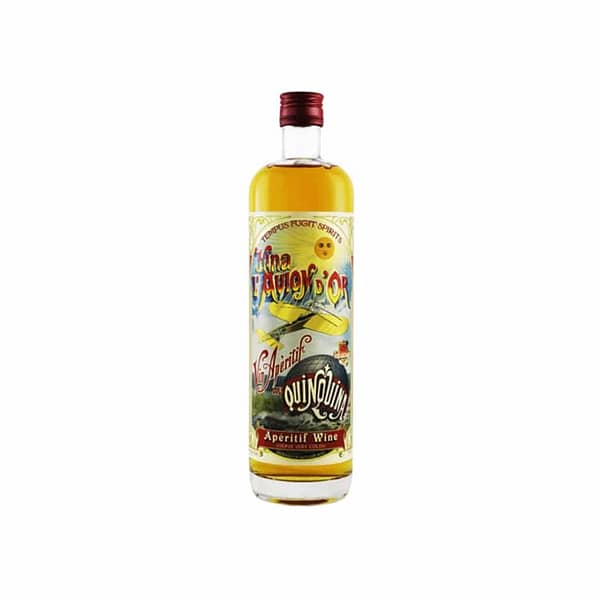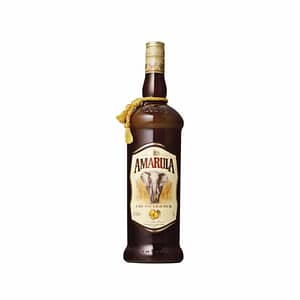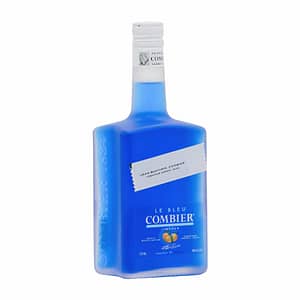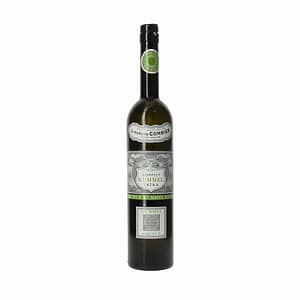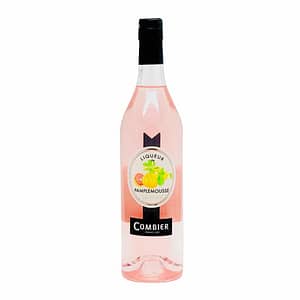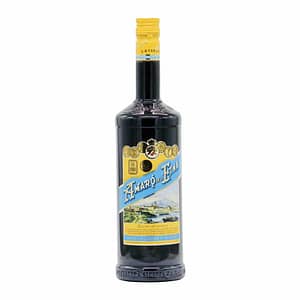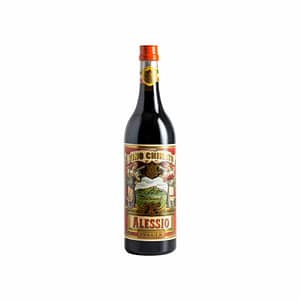- The late 19th to early 20th century was the “Golden Age” of French aperitif wines known as Quinquinas or Kinas. Although originally created to make quinine more palatable when administered to soldiers in the colonies, they gained popularity as producers found combinations of ingredients that were more appealing to the public. These aperitifs took on their own styles following the tastes of the regions in which they were produced.
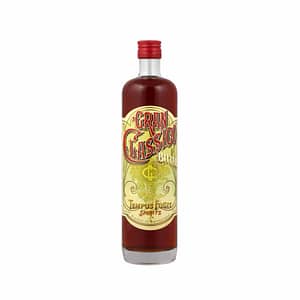 Tempus Fugit Gran Classico Bitter 750ml
Tempus Fugit Gran Classico Bitter 750ml
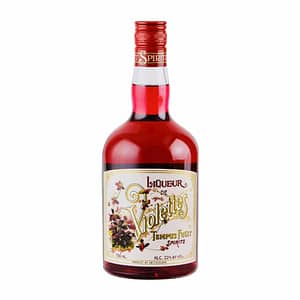 Tempus Fugit Liqueur De Violettes 750ml
Tempus Fugit Liqueur De Violettes 750ml
Tempus Fugit Kina L’Avion D’Or Vin Aperitif Au Quinquina 750ml
$95.00 $80.75
The late 19th to early 20th century was the “Golden Age” of French aperitif wines known as “kinas.” Kinas were originally created to make medicines more palatable when administered to soldiers in the disease-plagued “colonies.” They took on a life of their own as producers found combinations of ingredients that delighted the public and they took on their own styles following the tastes of the regions in which they were produced. Kina L’Aéro d’Or reflects an Alps-Provence style with white wine made from the Piedmont-grown cortese grape infused with cinchona bark, orange peel, wormwood and other exotic spices. It has a beautiful deep golden hue with an aroma of quince and fine marmalade, and a complex, mildly bitter taste that teases the tongue as its well-balanced sweetness prolongs the finish. Kina Aéro d’Or is absolutely spectacular in classic cocktails such as the 20th Century, Vesper or Corpse Reviver #2 and will easily find its way into many more cocktails of your own. L’Aéro d’Or (The Golden Aeroplane) is a tribute to the first flight across the English Channel, made in 1909 by Frenchman Louis Blériot in his creation, the monoplane. 18% ABV
It has a beautiful deep golden hue with an aroma of quince and fine marmalade, and a complex, mildly bitter taste that teases the tongue as its well-balanced sweetness and viscosity prolongs the finish.

